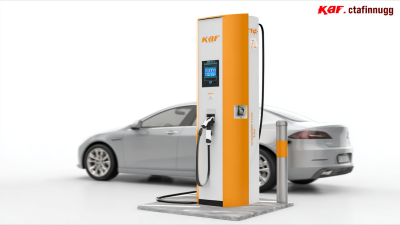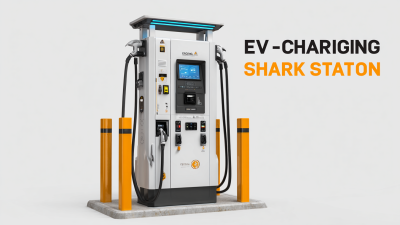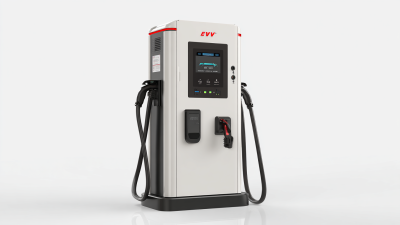As the electric vehicle (EV) market continues to grow rapidly, with a projected increase to 145 million electric vehicles on the road globally by 2030 according to the International Energy Agency, selecting the right Portable Electric Vehicle Charger has become essential for both everyday users and industry professionals.
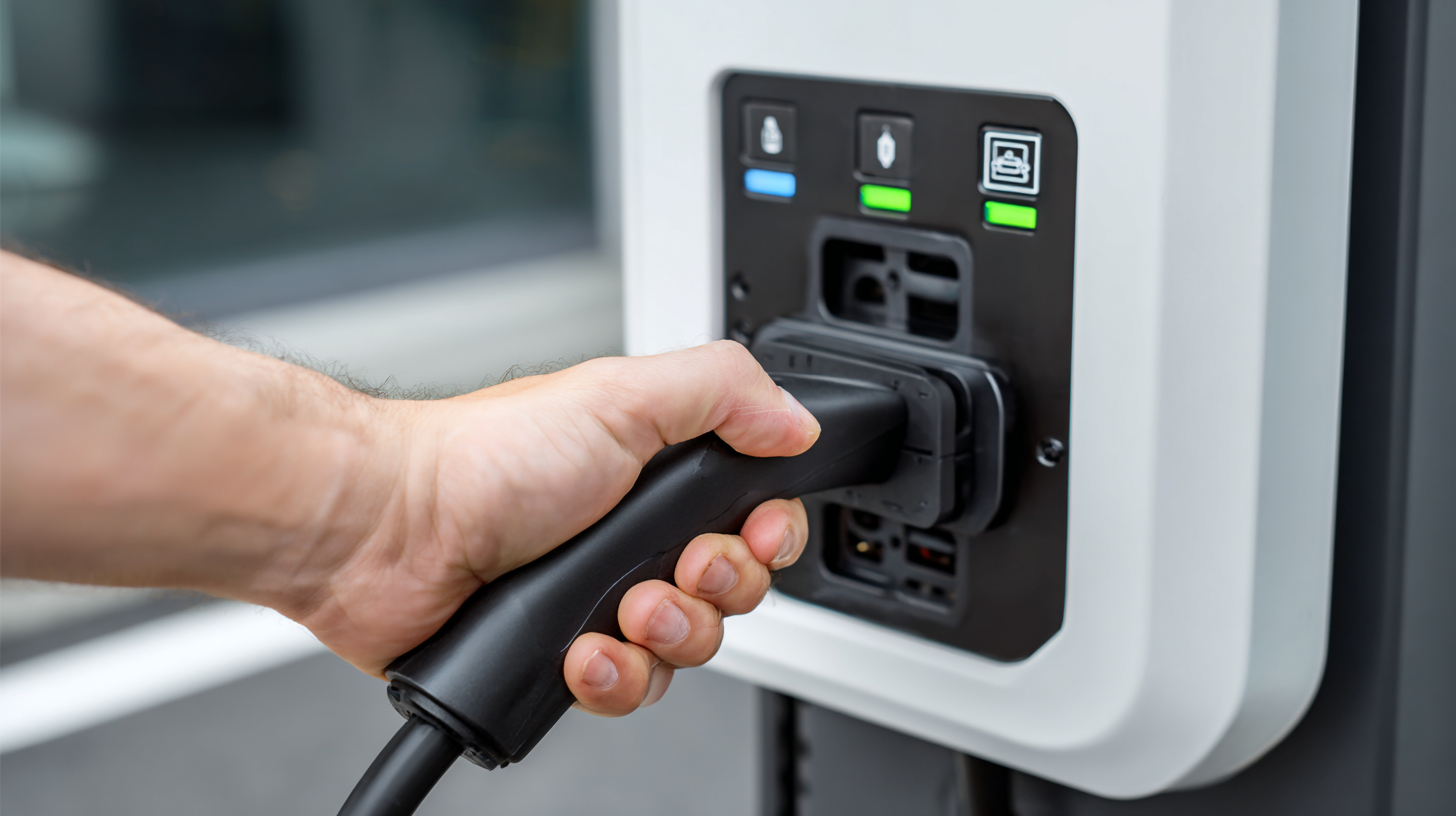 The convenience offered by portable chargers, which can deliver substantial charging capabilities wherever you go, is becoming increasingly vital in supporting this expanding ecosystem.
With various options available, it's crucial to understand key features such as charging speed, compatibility with different vehicle models, and safety standards. Reports indicate that more than 80% of EV owners are likely to invest in a portable charger, highlighting the importance of making an informed choice that aligns with individual needs and preferences.
This guide aims to provide insights on how to efficiently select the best Portable Electric Vehicle Charger tailored to your unique requirements.
The convenience offered by portable chargers, which can deliver substantial charging capabilities wherever you go, is becoming increasingly vital in supporting this expanding ecosystem.
With various options available, it's crucial to understand key features such as charging speed, compatibility with different vehicle models, and safety standards. Reports indicate that more than 80% of EV owners are likely to invest in a portable charger, highlighting the importance of making an informed choice that aligns with individual needs and preferences.
This guide aims to provide insights on how to efficiently select the best Portable Electric Vehicle Charger tailored to your unique requirements.
Portable electric vehicle (EV) chargers are becoming increasingly popular due to their convenience and versatility. One of the primary benefits of utilizing a portable charger is the freedom it affords drivers, enabling them to charge their EVs anywhere they park. This is especially beneficial in urban areas where finding dedicated charging stations can be challenging. Moreover, advancements in technology have led to the development of smart chargers that can optimize charging times and integrate with solar power, making them an eco-friendly choice.
The market for portable EV chargers is rapidly expanding, with significant growth projected over the next decade. As electric vehicle adoption continues to rise, the demand for efficient charging solutions is expected to soar. Mobile charging systems are being tested in various regions, enhancing the charging infrastructure, particularly for emergency situations or during long travels. These innovations not only address the immediate needs of EV users but also contribute to a more sustainable future for transportation, further supporting the electrification movement in the automotive industry.
| Feature | Description | Benefits |
|---|---|---|
| Charging Speed | Varies between models (Level 1 to Level 3) | Quick charging options can save time |
| Portability | Lightweight and compact design | Easy to carry and store |
| Compatibility | Works with multiple EV models | Flexibility for different vehicles |
| Safety Features | Overheating protection, surge protection | Ensures safe charging |
| Durability | Robust exterior for outdoor use | Long-lasting investment |
| Price | Range from budget to premium options | Options to fit different budgets |
When selecting a portable electric vehicle (EV) charger, several key features should be taken into account to ensure it meets your charging needs efficiently. First and foremost is the charger's power output, typically measured in kilowatts (kW). A higher kW rating translates to faster charging times, so consider your vehicle's battery capacity and your typical charging scenario to determine the appropriate power level. For example, a Level 2 charger offers a better charging rate compared to Level 1 chargers that plug into standard household outlets.

Another essential feature to evaluate is the compatibility with your EV model. Different vehicles may require specific connectors or have varying charging capabilities. Ensuring that the charger you choose is compatible with your vehicle’s charging port is crucial. Additionally, look for portable chargers with built-in safety features, such as overcurrent protection or temperature management systems. These safety mechanisms help protect both the charger and your vehicle from potential damage during charging sessions, providing peace of mind during use.
When selecting the best portable electric vehicle (EV) charger, understanding the differences in charging speeds is crucial, particularly between Level 1 and Level 2 chargers. Level 1 chargers utilize a standard 120-volt outlet, providing a relatively slow charging rate of about 4-5 miles of range per hour. According to the U.S. Department of Energy, this makes Level 1 charging suitable for overnight charging at home but less efficient for those who require quicker top-ups during the day.
In contrast, Level 2 chargers operate on a 240-volt outlet, delivering a significantly faster charging speed of around 25 miles of range per hour. Data from the Electric Power Research Institute (EPRI) indicates that Level 2 chargers can fully charge an empty EV battery in approximately 4 to 8 hours, making them an ideal choice for users who need a reliable and expedient charging solution. With the growing adoption of EVs, many public charging stations now feature Level 2 chargers, which can enhance the convenience and accessibility of charging, ultimately supporting a smoother transition to electric mobility for a broader audience.
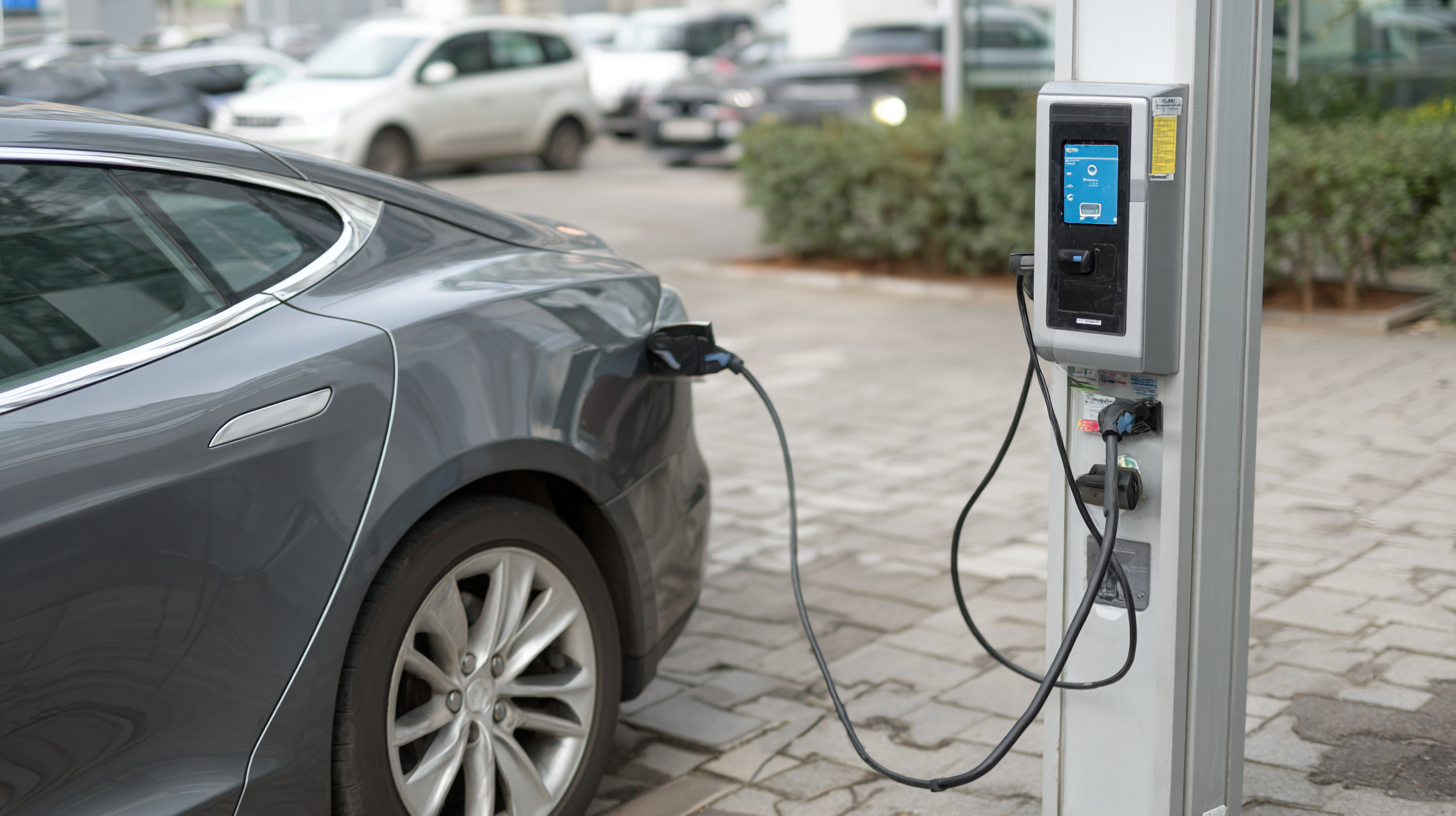
When selecting a portable electric vehicle (EV) charger, understanding compatibility with your specific vehicle model is crucial. Different EVs may have unique charging requirements, including varying plug types and voltage needs, making it essential to verify that the charger you choose aligns with your car's specifications. Always refer to your vehicle's manual or consult with the manufacturer to gather important details regarding charging compatibility.
**Tips:** Before making a purchase, check the charging speed that your EV supports. Chargers typically range from Level 1 to Level 3, with Level 2 (240V) chargers being popular due to their balance of speed and convenience. Ensure the portable charger you consider can deliver the appropriate power output to effectively shorten charging times without risking damage to your vehicle's battery.
Additionally, consider the inclusivity of the charger’s plug adapter options. Some portable chargers come with multiple adapters, making them versatile for different EV models. Investing in a charger that can accommodate various plug styles can be a wise decision if you plan to use it with different vehicles or want to retain flexibility in the future.
When selecting a portable electric vehicle (EV) charger, prioritizing safety features is paramount. A robust safety system can protect both the vehicle and the user during the charging process. Look for chargers equipped with overcurrent protection, which prevents excessive current from damaging the vehicle’s battery, as well as short-circuit protection that can stop potentially hazardous electrical faults. Additionally, ground fault circuit interrupters (GFCI) are essential; they detect any discrepancies in electrical flow and can cut off power to avoid electrocution.
Another critical aspect is the charger's thermal management system. It should include temperature regulation features that prevent overheating, ensuring safe operation during prolonged usage. Moreover, a durable and weatherproof design is vital for chargers intended for outdoor use, protecting against moisture and extreme temperatures.
LED indicators displaying charging status and alerts for any issues can also enhance user safety, providing real-time feedback during the charging process. By focusing on these essential features, you can ensure that your portable EV charger operates safely and effectively, meeting your needs without compromising on protection.

